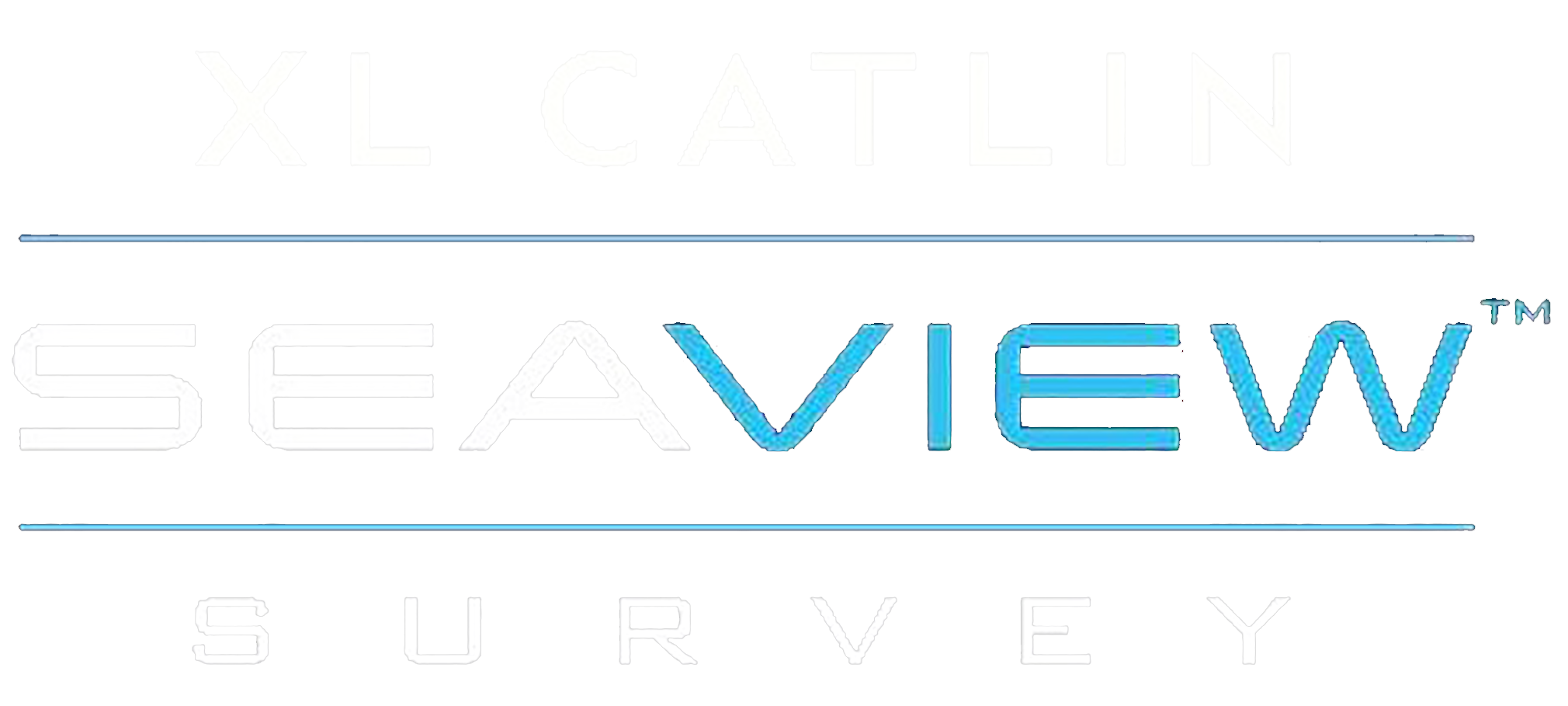
WELCOME TO THE
XL CATLIN SEAVIEW SURVEY
The XL Catlin Seaview Survey was devised back in 2011 through a three-way relationship between Underwater Earth, The University of Queensland and AXA XL (previously known as XL Catlin).
It was developed from the recognition that the world’s reefs are in a dramatic state of decline, due to pollution, destructive fishing and climate change. If we do not turn this around, over 500 million people globally who rely on coral reefs for food, tourism income and coastal protection will be at great risk.
unique blend of SCIENCE, technology and communication
The XL Catlin Seaview Survey was deliberately structured to provide a unique blend of science, technology and communication harnessing the expertise of its three complementing founding partners - Underwater Earth, The University of Queensland (UQ) and AXA XL.
At the heart of the project was a global scientific study dedicated to creating a baseline record of the world’s coral reefs in high-resolution 360-degree panoramic vision. Complementing the shallow water studies (10-12m) were a series of in-depth explorations of the little-understood deep water reefs of the world (30-125m). The scientific expeditions and analysis work was led by Professor Ove Hoegh-Guldberg and his team at UQ, collaborating with some of the world's leading scientific institutions.
Underwater Earth’s custom-made underwater SVII panoramic camera system, designed to take the world virtual diving in Google Street View, was adapted by the UQ science team to revolutionise the program’s scientific coral reef monitoring. Thanks to this innovative technology, the survey methodology used was orders of magnitude more efficient and effective than existing methods.
Visual baseline data was collected from 23 coral reef countries over multiple expedition years and then analysed back at UQ using artificial intelligence and other methods. Expedition data and analysis have since been made open-source through the Global Reef Record and UQ’s data repository, which in combination provide the largest publicly-accessible baseline data set, critical for understanding change on coral reefs.
A significant multi-year communications and outreach program, designed to engage a broad audience of scientists, conservationists, policymakers, educators, students, media and the general public, was devised and led by Underwater Earth working closely with the other founding partners.
Through an ongoing partnership with Google, the project was extended, allowing coral reefs to be revealed across multiple Google platforms including Google Street View, Google Earth and Google Expeditions. This innovative approach resulted in hundreds of millions of people being able to explore and learn about these critical ecosystems.
The program was significantly enhanced by the expertise and generous multi-year funding of corporate founding sponsor AXA XL (previously known as XL Catlin).
SHALLOW REEF SURVEYS
The XL Catlin Seaview Survey commenced its Shallow Reef expeditions in September 2012 on an icon of the natural world, the Great Barrier Reef. The team surveyed 32 different reefs systems along the entire length of the Great Barrier Reef and out into the remote Coral Sea. In 2013 expeditions moved to the Caribbean, Bermuda and Galapagos. The Coral Triangle region was the expedition focus in 2014 before moving to the Indian and Pacific Ocean in 2015. A series of resurvey expeditions were also taken over this time period, extending on during 2016, 2017 and 2018. See our Science and Expeditions pages for more detailed information.
deep REEF SURVEYs
The Shallow Reef surveys were complemented by specialist scientific Deep Reef survey work in the mesophotic reef zone, the aim being to create a broad-scale baseline record of the reef system across its full depth range down to 125m. During these surveys the deepest ever reef coral on both the Great Barrier Reef and in the Coral Sea was discovered. See our Science and Expeditions pages for more detailed information.
CORAL BLEACHING
Our coral reef surveys have meant our teams have witnessed first hand the corals around the world bleaching as part of the Third Global Coral Bleaching Event. The imagery we have captured and released to the media, scientists and educators has helped reveal the true scale of a global bleaching event to the world. The scientific visual data captured and analysed by the team has meant xxxxxxx <Ove to add commentary here>. See our Education page for more detailed information.



